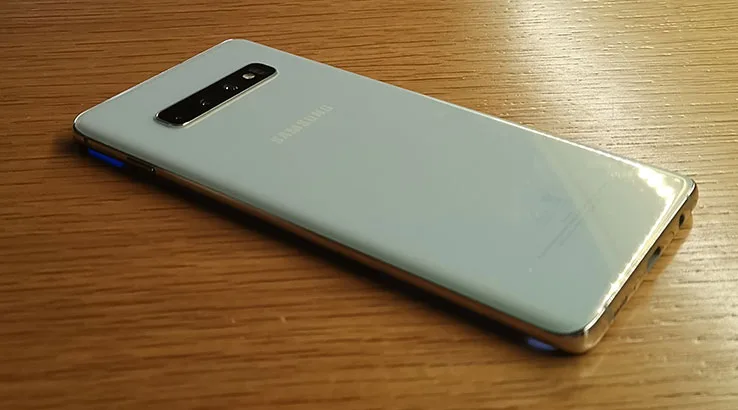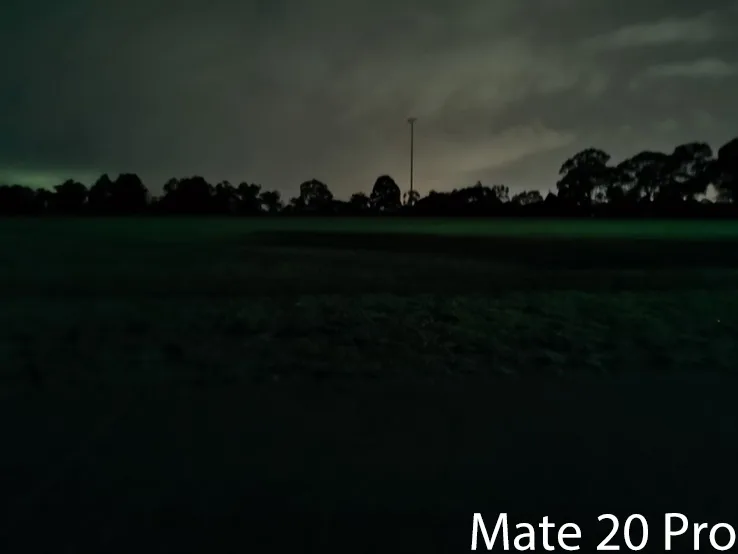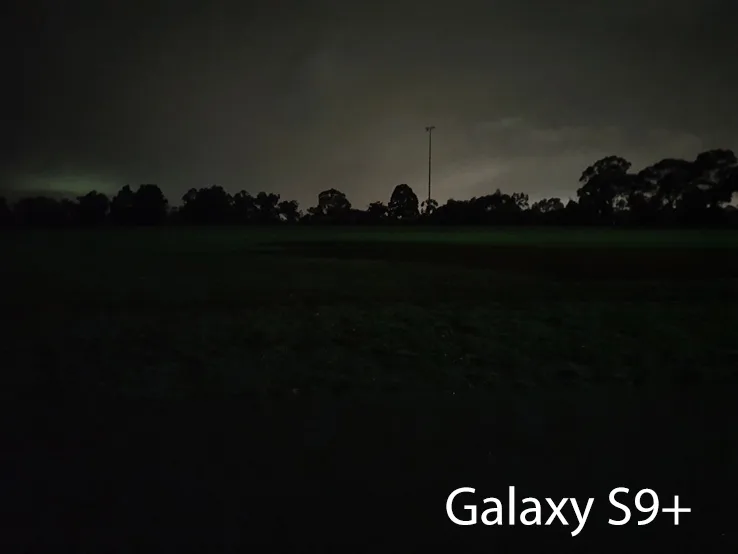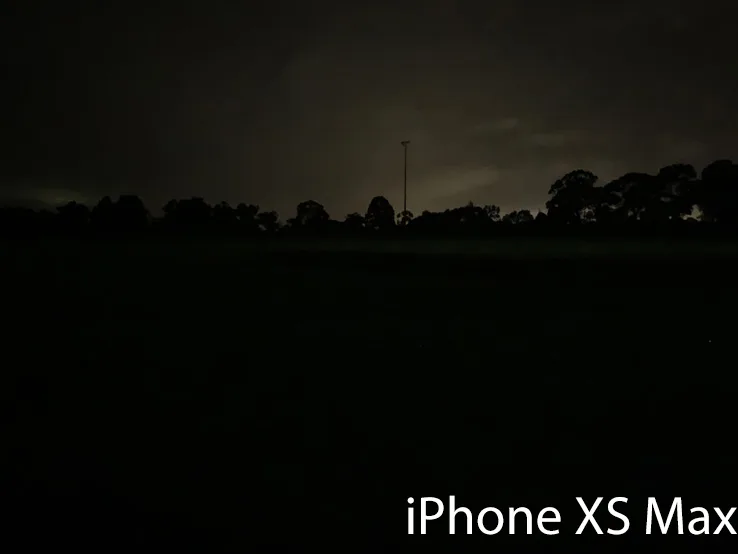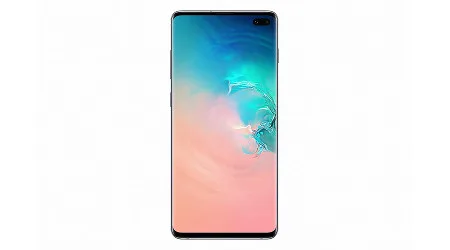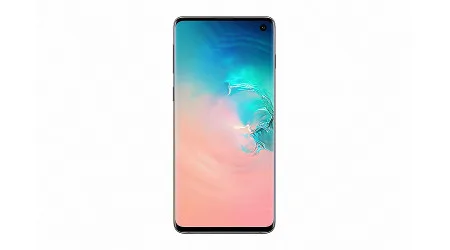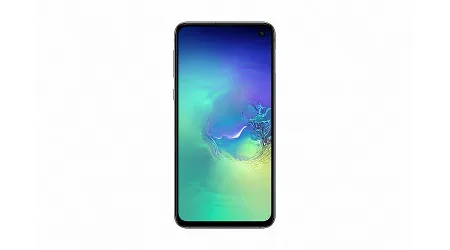Samsung Galaxy S10+ review

-
- Battery Score
3
- Camera Score
4.5
- Design Score
4.5
- Performance Score
4.5
- Battery Score
3
Summary
The Samsung Galaxy S10+ has a great camera and good performance, but its battery stamina is a notable weak point.
- Slim design.
- Great camera.
- Still has a headphone jack.
- One UI is very slick.
- Exynos 9820 provides plenty of power.
- Supports expandable storage.
- Battery life doesn't compare well to other flagships.
- Slippery in the hand and pocket.
- 1TB version is very expensive.
- Bixby button is still a nuisance.
Details
Pricing & Availability
| Launch price (RRP) | $0 |
| Launch date | 2019-03-08 |
Samsung is pretty easily the most popular Android brand in the flagship space in Australia, and the anticipation around its annual Galaxy S series updates is at a fever pitch right now. Samsung of course hypes up its new flagships – it has phones to sell – and for the most part, the Samsung Galaxy S10+ delivers the kinds of premium features that you'd want out of a flagship phone.
However, Samsung is somewhat playing it safe rather than really pushing the envelope with the Galaxy S10+. It's a great phone, but it's one that's not quite as much at the forefront as some competitor devices, especially when it comes to overall battery endurance.
Design
- Range of colour choices.
- "Infinity O" punch hole camera.
- Dynamic AMOLED display.
- In-glass fingerprint sensor.
- Still has a headphone jack.

Camera
- Triple lenses give you plenty of photographic choice.
- Good low light performance.
- Animoji remain a silly gimmick.
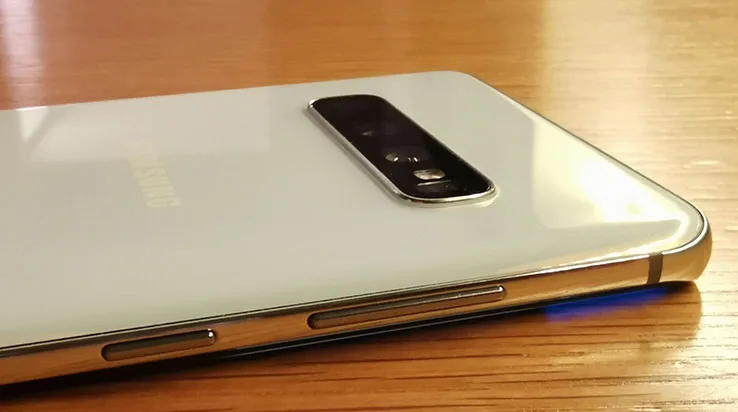
Performance
- Exynos 9820 gives you plenty of power.
- One UI provides a smooth overlay.
- Gets warm under heavy workloads.
- Fingerprint sensor works, but it's not fast.

Battery life
- 4,100mAh battery doesn't last as long as expected.
- Fast wired or wireless charging.
- Wireless power share.

Verdict
- A good update to the Galaxy S line.
- Battery life should be better.
- Feels like Samsung is playing it safe this year.

Pricing and availability
- Price: RRP $1,499 (128GB)/$1,849 (512GB)/$2,399 (1TB)
- Where to buy: The Good Guys | Samsung | eBay
Specifications
Display
Camera
Physical Dimensions
Connectivity
Power, storage and battery
Device features
PMA
Latest Samsung news
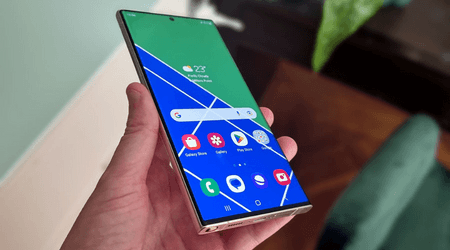
Where to buy the Samsung Galaxy S23 in Australia
Find out where you can buy the Samsung Galaxy S23 phone range in Australia right now.
Read more…
Samsung phone sale: $520 off Galaxy S21 Ultra on eBay
Get a premium device at an affordable price tag with this eBay Samsung phone sale.
Read more…
Where to buy the Samsung Galaxy Z Fold 4 and Z Flip 4 outright
Find out where you can pre-order the Samsung Galaxy Z Fold 4 and Samsung Galaxy Z Flip 4 in Australia right now.
Read more…